
Flying a Drone in Cold Weather – Really cold weather.
As the pain became unbearable, my hand quickly resembling a rigid claw, I used my thumb to maneuver the joystick and land the drone.
Never had a felt pain like this in my hands before.
*Please note the story below is my own personal experience, in hindsight there are a lot of things I would’ve done differently so this is not professional advice or a guarantee your drone will fly in such conditions.
The official DJI directions heavily suggest you shouldn’t fly a drone in such chilly conditions. Actually, you could probably describe the cold I felt at -21 degrees Celsius as the frigid, bitter, frozen solid kind. Alas, with the wintry landscapes of Ilulissat, Greenland, luring me to constantly look out the window of Hotel Icefiord, I had that nervous, excited feeling in my stomach, I wanted to fly it.
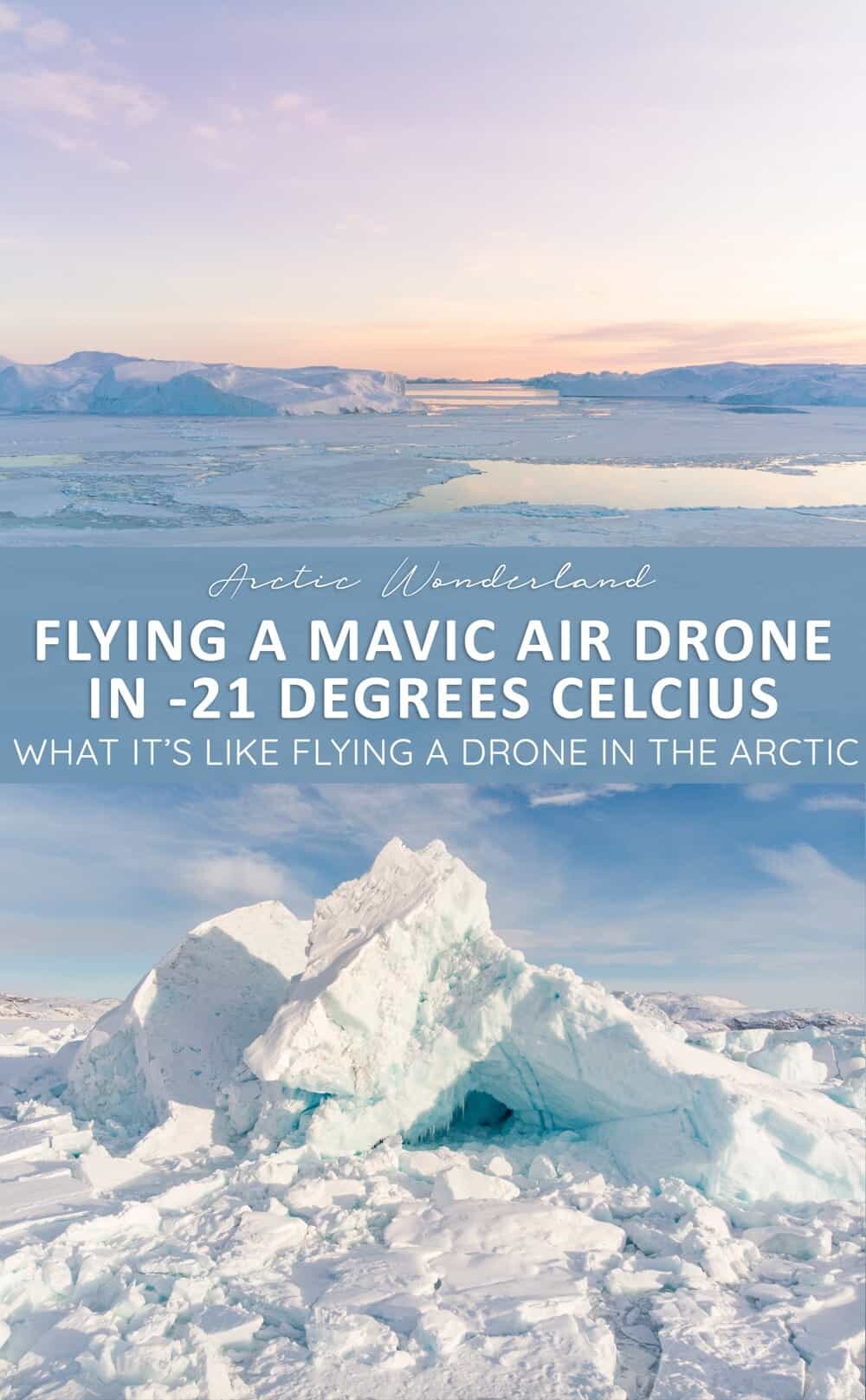
An aerial perspective of the icefjord is what I’d come to photograph and film, my little drone was hopefully going to give me the additional footage I wanted but only if I managed to get it in the air. I had plenty of footage from the sea, filming from a boat with my Olympus cameras thanks to their amazing stability and also shooting with the new E-M1 MKIII from the air during a flight with Air Zafari however the drone was along for the ride as my sidekick to film from a vantage point you can’t otherwise reach.
Roughly 15,000km from where I live in Australia, I visited Greenland last summer and had been too nervous to fly my DJI Mavic Air over the icefjord. I didn’t want to crash it in the water, on an iceberg, on a whale or disturb any tiny part of the peaceful serenity that exists in this drop-dead gorgeous part of the world. The buzzing annoys me so I can imagine what other hikers would’ve thought if I were to hover above the landscape while they’re enjoying the sounds of whales spouting and gentle waves lapping against the shore.
This time though, it was winter.
Hardly anyone was out hiking, the whales were on their summer holiday and boats were frozen in the harbour as sea ice surrounded the coast of Ilulissat.
This was my chance to fly my drone, the only problem being, temperatures were hovering between -21 to -24 degrees Celsius. Well below freezing.
Take a peek at the brand new DJI Mavic Air 2 here.
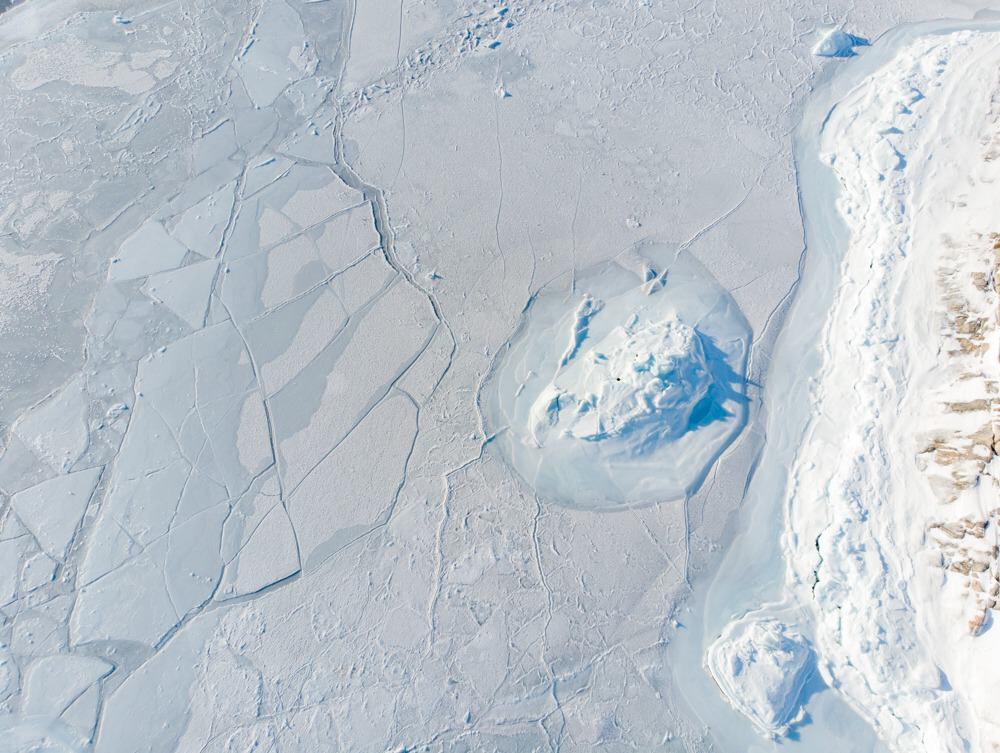
Having read nearly every article published about flying drones in cold conditions, I couldn’t find anything specific on this extreme type of cold. There was one video where a guy flew his in -20 degrees and I figured, if he can do it, I can give it a whirl.
I had faith in the little drone but never considered that I would be the one who would almost bail mid flight. More on that later though.
To prepare the drone to fly at -21 degrees I made sure the three back up batteries were completely charged and stored them in my camera bag with some heat sachets. Sitting inside a spare pair of gloves, the batteries were toasty warm and I didn’t take them out until the exact moment I was ready to fly.
We had hiked along the blue route, roughly an hour from Ilulissat town centre to the icefjord where it’s possible to see the icebergs and launch a drone far away from any other sole and of course out of the restricted flight path space. It was cold but walking had kept us warm and there was hardly any wind chill with conditions looking beautiful.
My drone had been tucked inside its case with another heat sachet to keep it warm. I’d assumed that if the drone is going up in the air, where the air is thinner and cooler, it needed to be as warm as possible at takeoff.
Having read articles about drones flying off on their own route because the cold made them lose signal or worse, dropping out of the sky when they got cold, I was determined to not let this happen.
Liftoff.
Starting well, reacting to my commands and flying like a little dream, the drone whizzed above the scenery like it was a balmy 21 degrees above zero. Quickly changing camera angles and trying to capture as much video as I could, I also knew that it was in my best interest to land the drone with around 70% battery remaining. (I had read another horror story about it falling from the sky at 70% full)
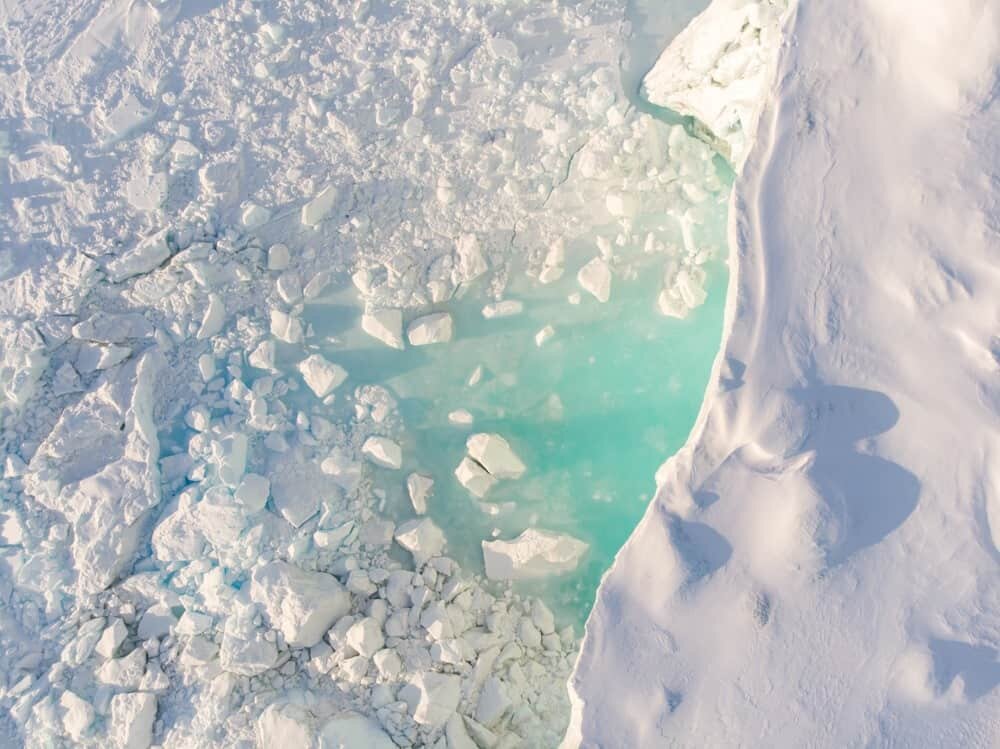
One thing I didn’t take into account were my hands.
With my set up, a controller + iPhone, I needed my fingers to operate the iPhone screen during the flight and didn’t have a pair of those fancy pants gloves that feel like real skin with me. So, it meant bare hands in -21 degrees. Something most locals wouldn’t flinch at but I’d just arrived straight from an Australian summer and could barely handle wearing ski gloves let alone bare hands.
Also I’d like to make it known that I’m not a professional drone user, this is my first drone and I’m learning with every single flight.
For a few moments my hands were totally fine, however, after about 120 seconds suddenly my fingers let me know they were hurting. Overwhelmed by the vantage points I was seeing on the screen, I kept flying because at the time it felt like the silly thing to do would be to land and miss such inspiring footage.
Patterns of sea ice, drifting iceberg chunks, shades of blue and vibrant turquoise blending with pure white snow and a little glow from the afternoon sun thrown in for good measure. The scenery was every single adjective relating to beautiful.
One tiny problem, my hands were going numb.
The kind of numb that starts out with a gentle tingle, develops into a red tinge then suddenly burns like all hell.
After the burning started I knew I had to land the drone. It had only used about 15% of battery in four minutes but my hands were getting painful, really, painful.
Flying with my thumb and thumb knuckle, I landed the drone but had to ask my boyfriend to remove the controller from my hands because I couldn’t move my fingers. The pain was now so bad I thought I was about to be sick or faint, or both. Looking back I really wish we had a photo of just how red my hands were but at the time it’s the last thing I could think of.
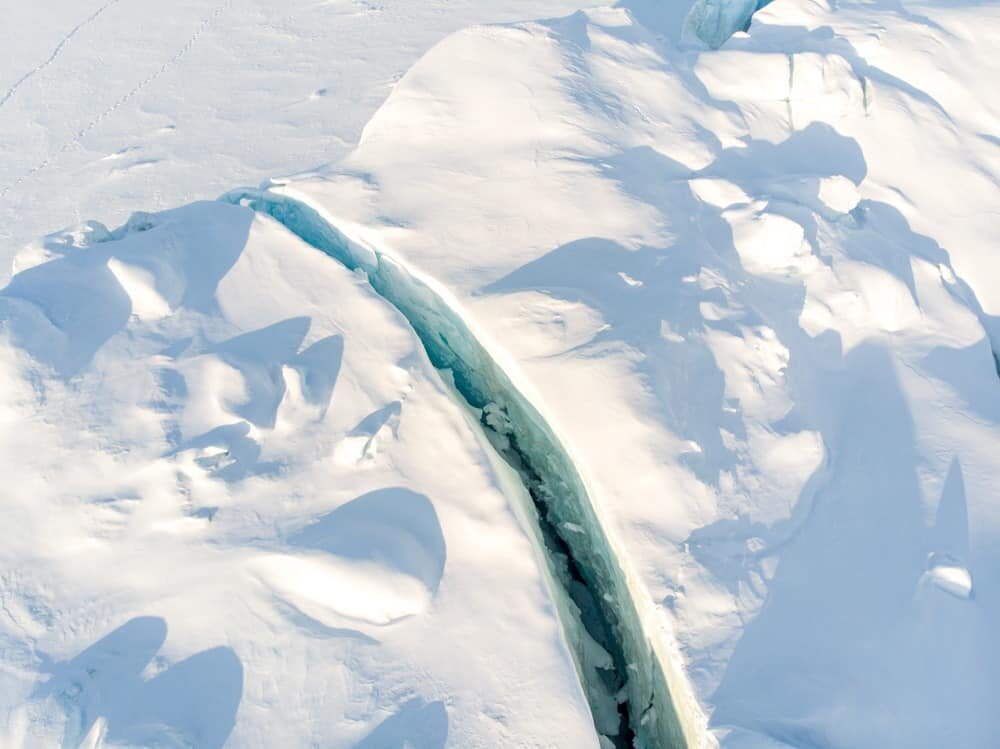
I’m usually not bothered by the faint feeling or a bit of nausea but this was so intense and developed so quickly that I had to sit with my head between my legs and hands inside gloves with heat warmers then tucked inside my jacket. For about ten minutes it was this bizarre crippling pain, I hadn’t even turned the drone off, I just made sure it wasn’t sitting in snow and tried to get my hands warm again.
Of course the moment you’re inside and have warmed up, the footage and images feel COMPLETELY worth it, but, in that moment, my golly, OUCH.
Now, if you’re considering flying your drone in below freezing conditions know that I can’t recommend it. I can however say what I did to keep my drone warm prior to flying.
Drone Preparation for Flying in Cold Weather
- Fully charge batteries and have backups available.
- Store them inside your camera bag with heat sachets (both disposable and reusable ones available from camping stores)
- Keep your drone inside its case, then again inside the camera bag with a heat sachet.
- Ensuring your drone is warm at takeoff I believe is essential to a successful flight (of course it depends on the conditions so anything can also go wrong!)
- Know your intended flight path and have a wish list of shots to capture before takeoff to ensure a quick flight
- Don’t let the battery drop below 70%, also keep an eye on how quickly your battery is depleting as it can change from 1-2% per 30 seconds to suddenly 10% in the conditions I was flying in.
- Invest in those fancy touchscreen gloves with the smart finger pads. Having those would’ve changed my experience dramatically I think!
- Have plenty of warm weather gear available. Once you start concentrating on flying, you’ll no doubt forget about your personal warmth and in these crazy conditions you need to be fully prepared.
I flew the drone on three other occasions while in Greenland in these bitterly cold conditions but on the next few times had gloves available to slip my hands in and out of while flying. Just a small bit of heat allowed me to continue flying just a tiny bit longer but that burn definitely took hold each and every flight.
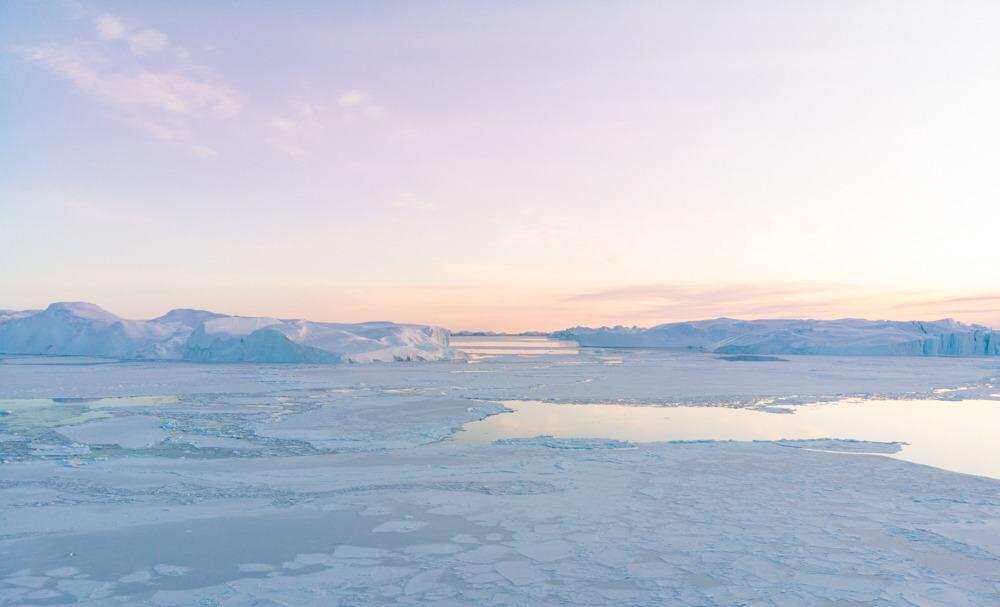
If you’ve flown your drone in cold weather like this, I’d love to know your experiences in the comment section below! If you’ve got any tips I’d love to hear them too.
In conclusion – Flying your drone in -21 degrees is an absolute thrill (if it’s a successful flight, so many things can also go wrong!) but if you’re willing to risk it be sure that not only your drone and batteries are properly prepared but also ensure you’re kitted out in the right gear to handle the conditions.
Also, I gave my drone a pat when it landed safely each time. I was so proud it flew so well in those temperatures 😊
If you’re interested in getting a drone, I can highly recommend the Mavic Air as a great starter drone, it’s got all of the modes required to capture cinematic and quality content. DJI has just released the Mavic Air 2 so currently there are some great specials for the original Mavic Air too!
*Please note the DJI links are affiliate, meaning I’ll get a small percentage if you click through which goes towards keeping my site going! As always, all reviews or behind the lens stories are real, I’m not sure DJI would want me talking about flying my drone in -21 degrees anyway haha. .
Here are a few more images captured while the little DJI Mavic Air was flying in -21 degree conditions…
Thanks for reading!
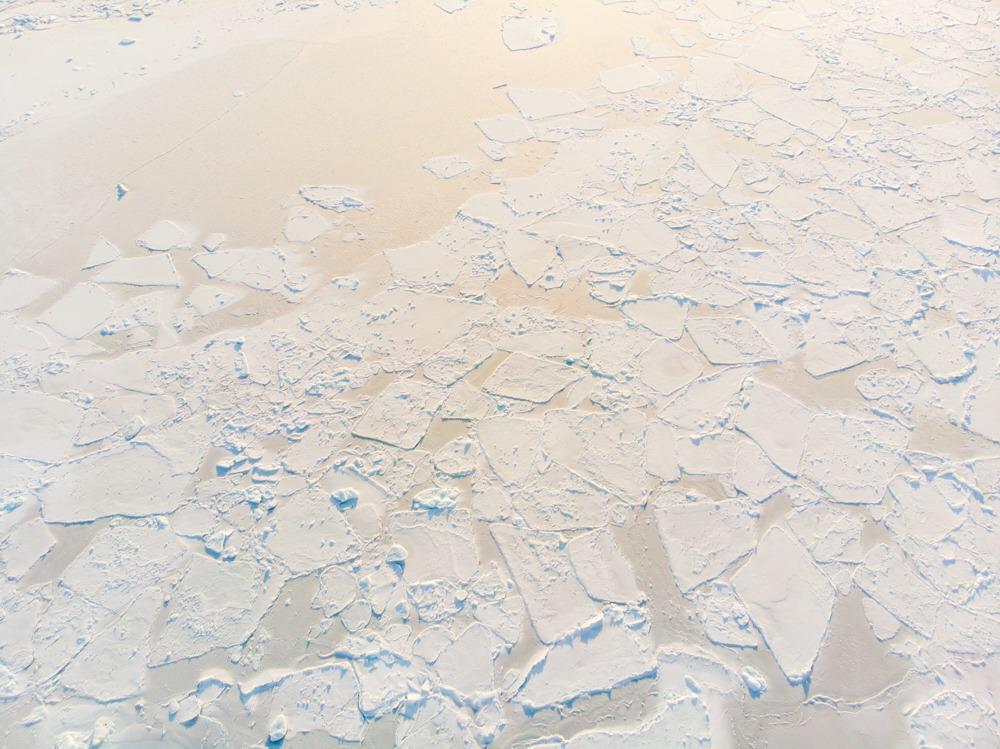
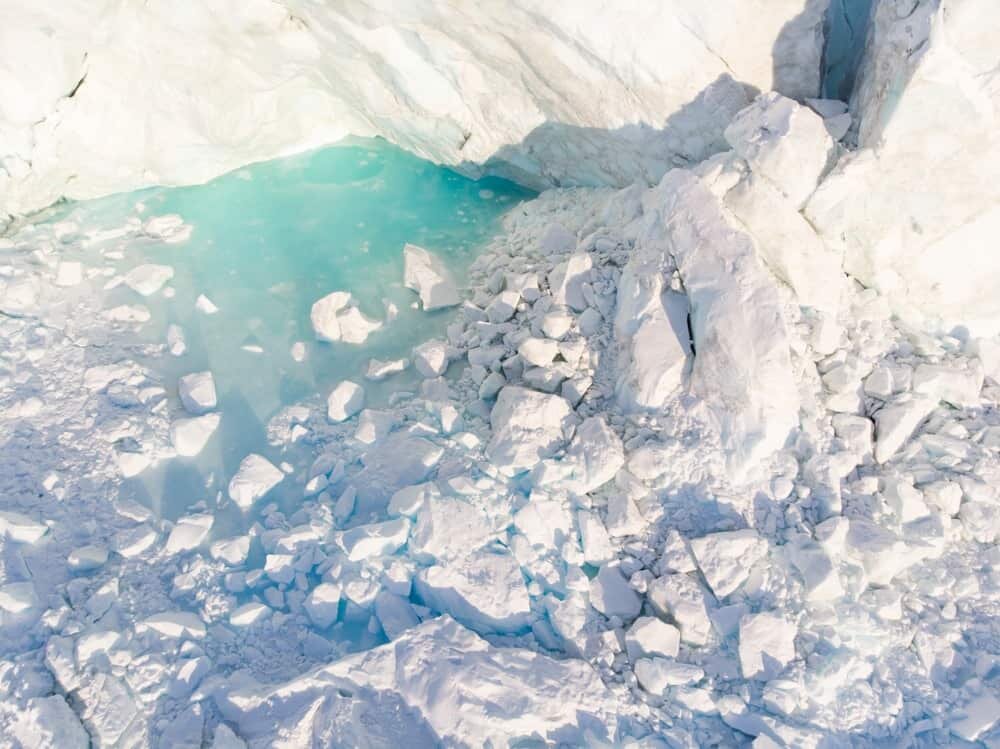
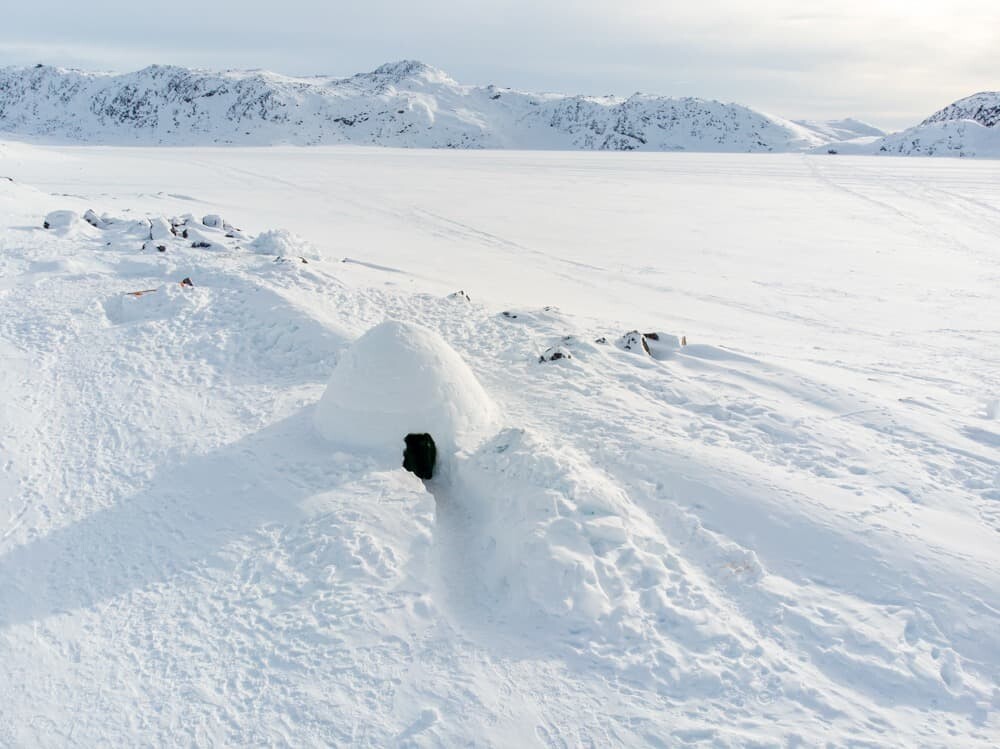
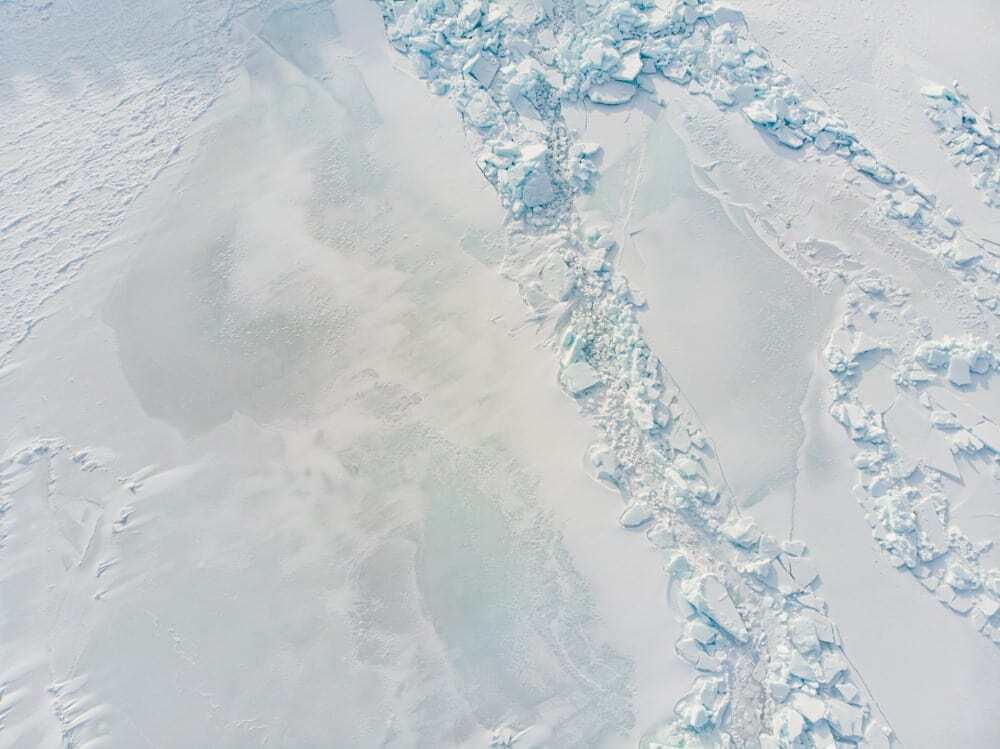
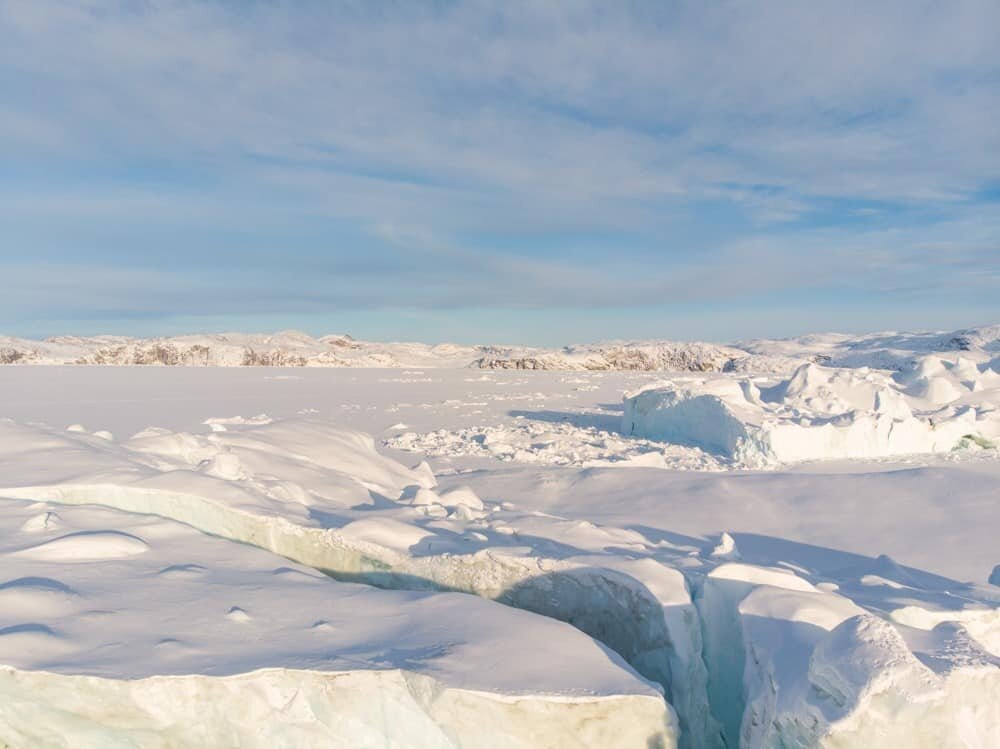
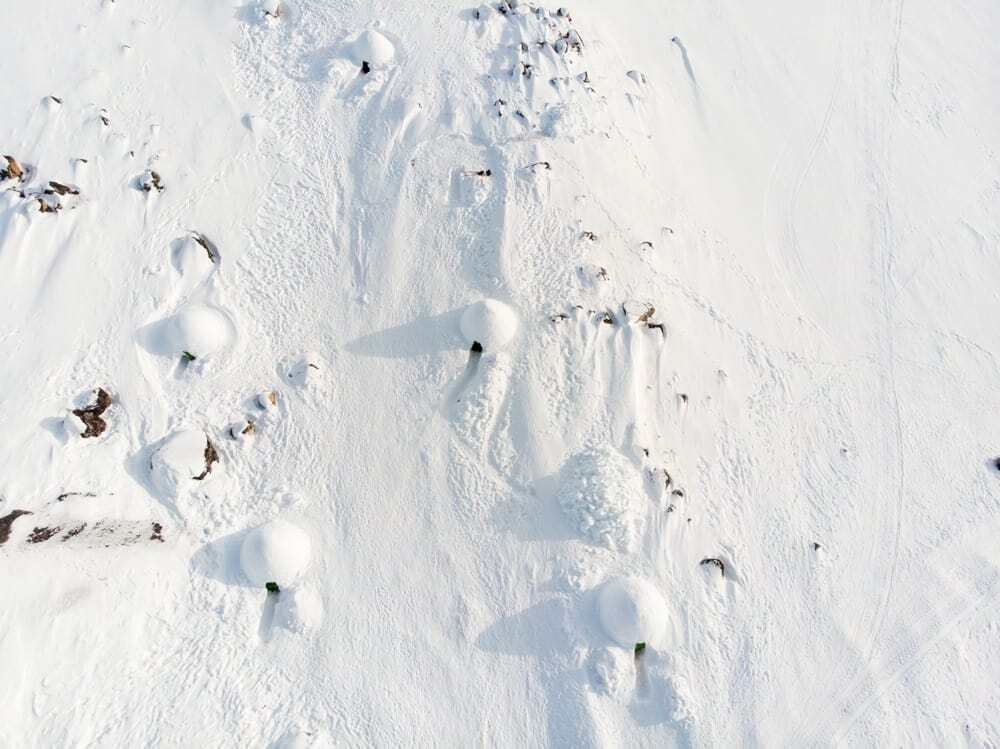
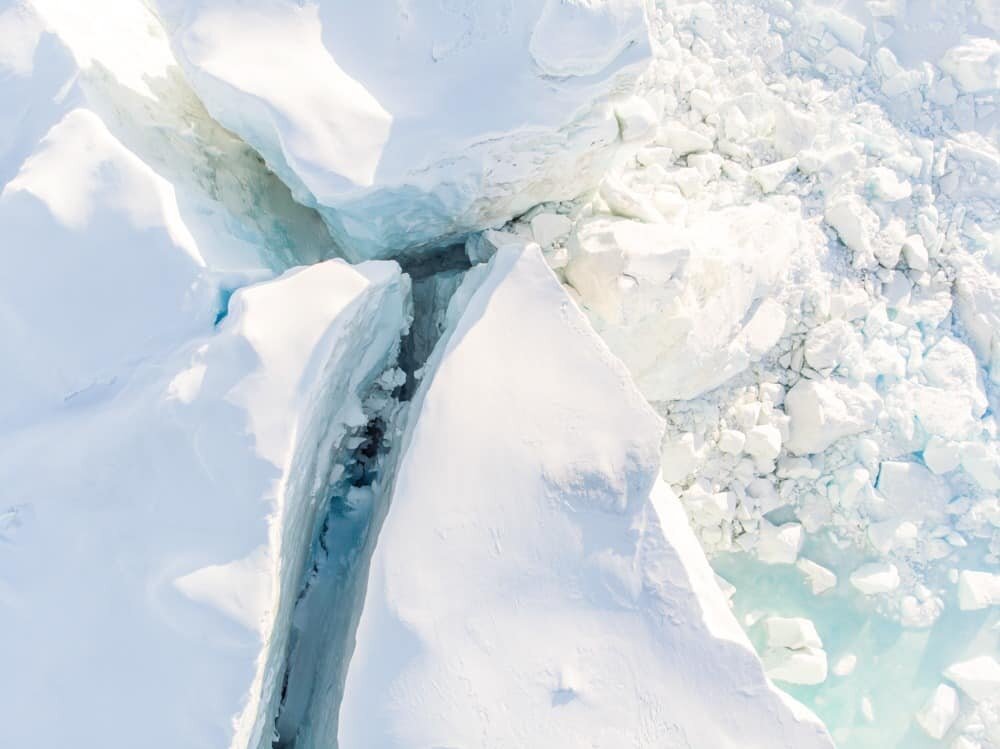
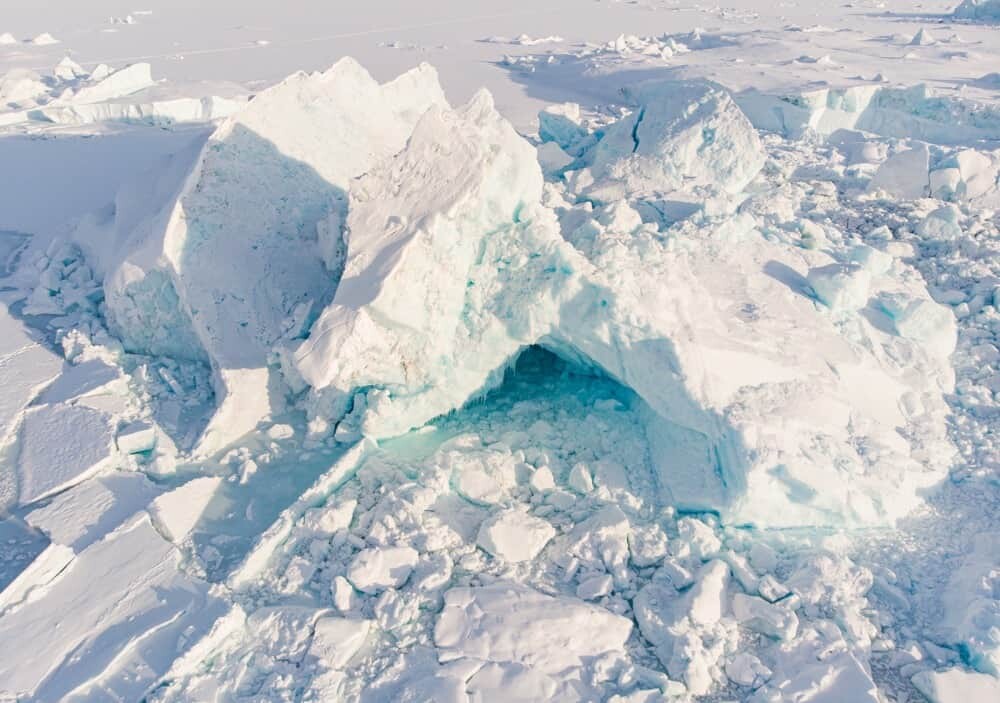

Hello! I’m the founder and photographer behind The Wandering Lens.
With 19+yrs experience as a professional travel and landscape photographer, all advice found on this site is from my personal experience, or that of contributors, on the road. I hope it’s useful for your own travels and would love to hear in the comments about your trips and experiences around the world.

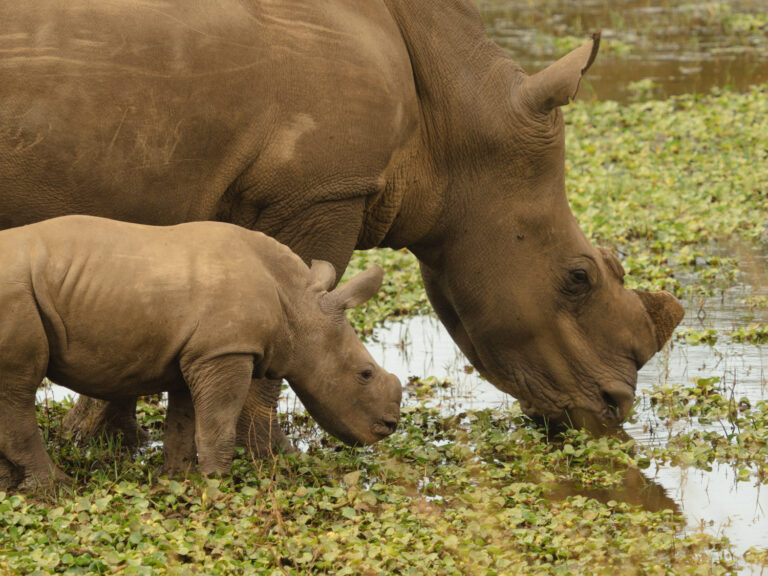
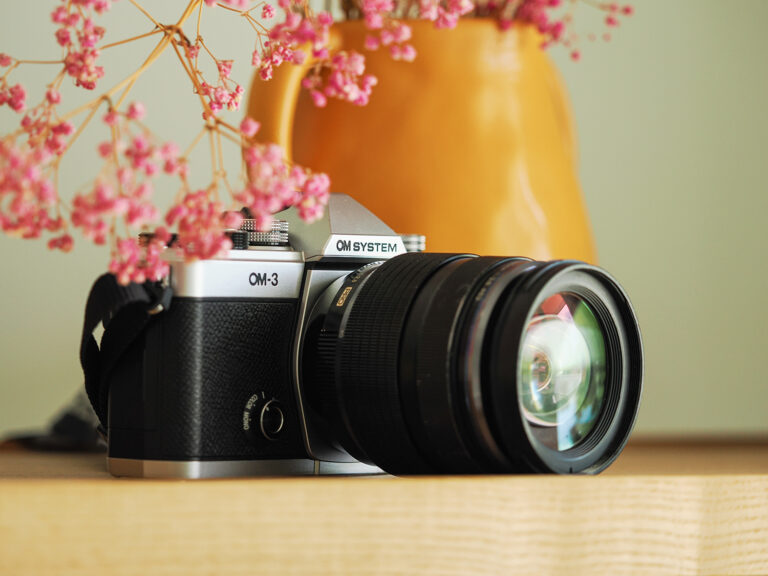
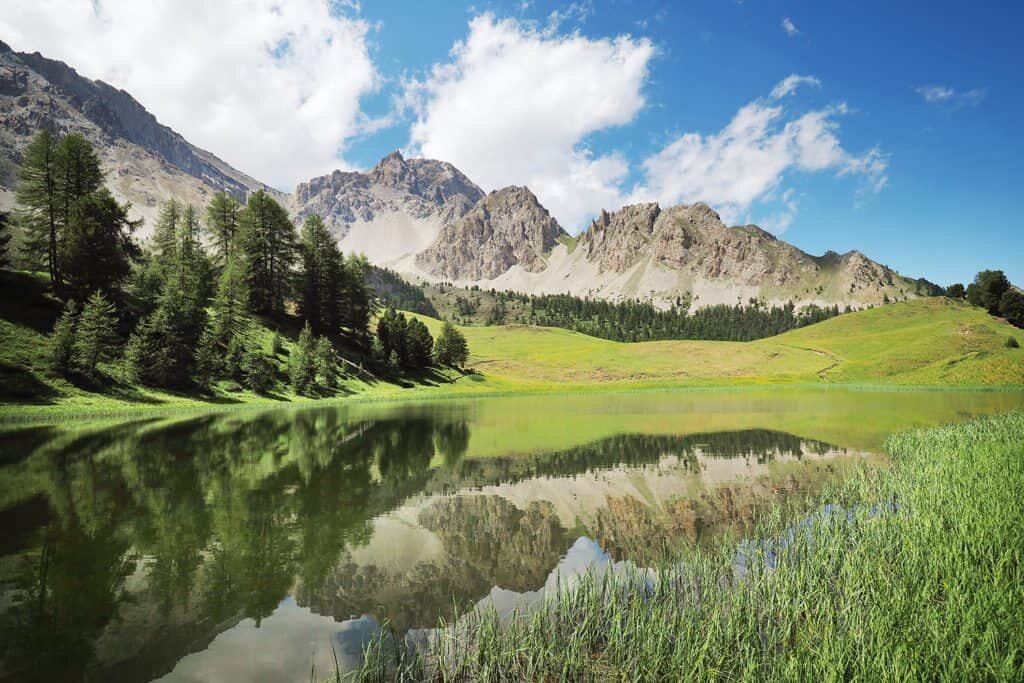
Blog Comments
Luke
January 31, 2021 at 6:53 am
Brilliant post and beautiful images!! I have this very same drone so it is wonderful to know how it performs in such extreme cold temperatures